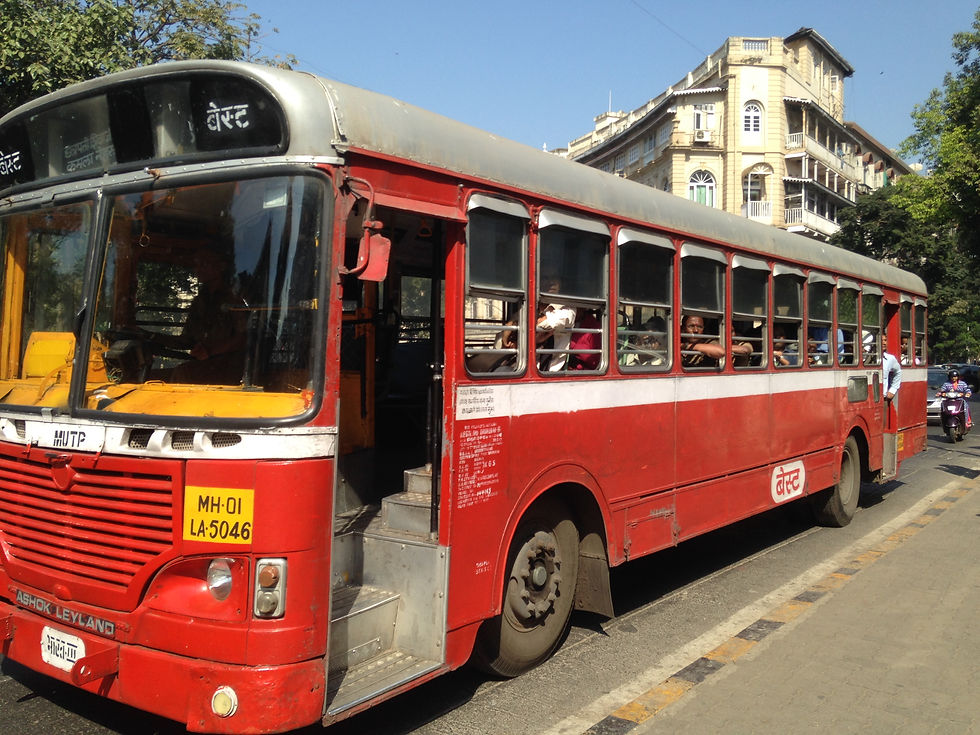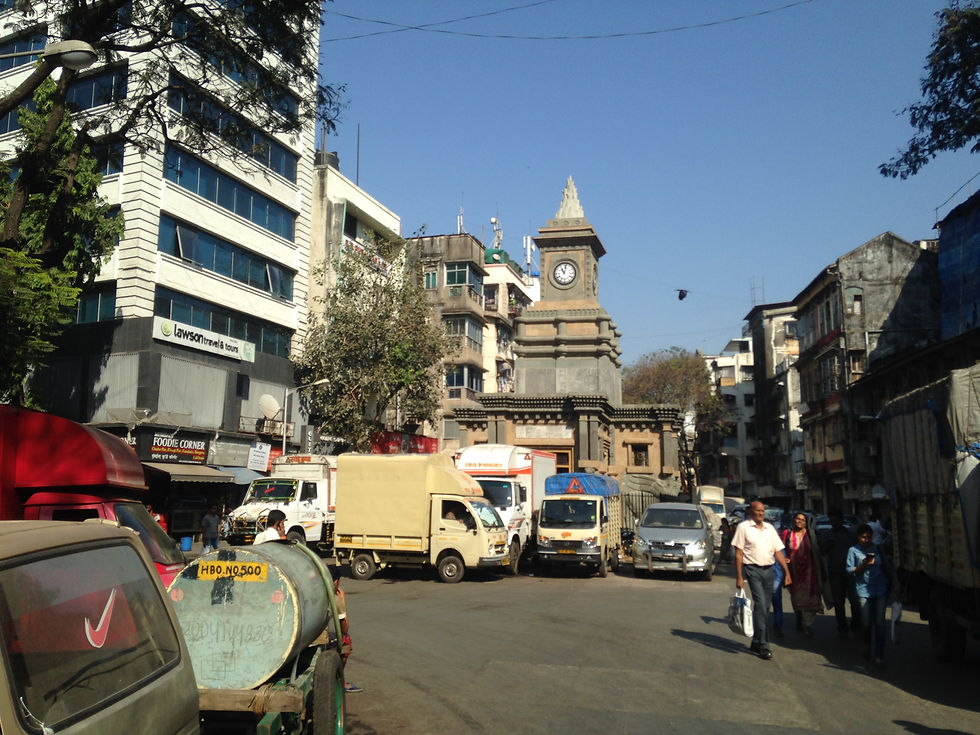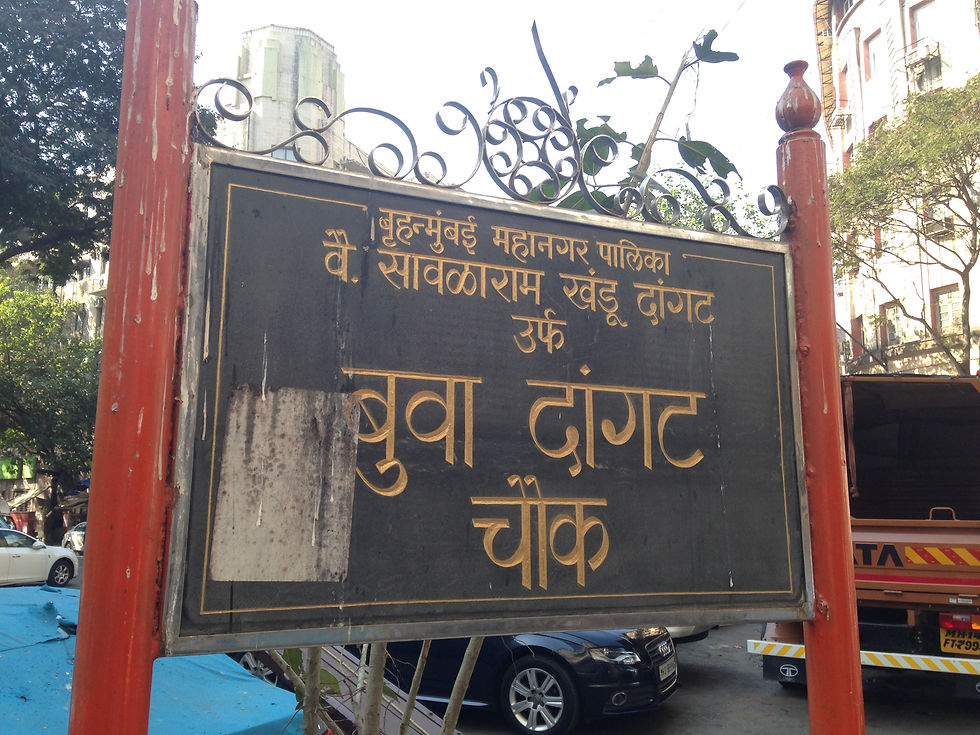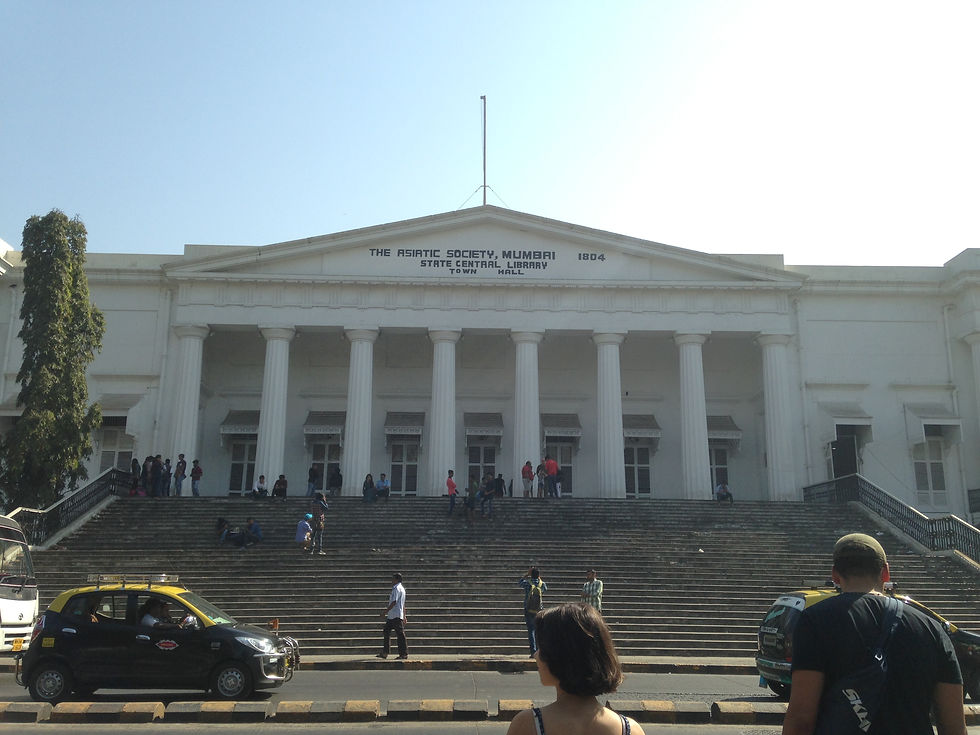MUMBAI India
- Alex Parra Arcos
- Jun 17, 2020
- 2 min read

It is the most important port city of the subcontinent with about 40% of the country's foreign traffic. The name derived from the local goddess Mumba Devī. Between 1626 and 1995 Bombay (in Hindi) was officially requested, a traditional name whose use is still recommended in Spanish by the Association of Academies of the Spanish Language. It is the most populous city in India and the fourth most populous in the world. The city is located on the west coast of the Indian subcontinent.

Many buildings in Bombay Old Town are built in a regional derivation of the historicist style. Two of the city's monuments, the Chhatrapati Shivaji Railway Terminal and the temples of the Elephanta grottoes, are part of the UNESCO World Heritage list.
The BH clock tower, erected in 1882 to honour former sheriff and philanthropist Bomanjee Hormusjee Wadia, is a heritage structure with a magnificent facade that´s now crumbling.
The Horniman Circle Gardens is a large park in South Mumbai, India. It is situated in the Fort district of Mumbai, and is surrounded by office complexes housing the country's premier banks. Designed to be a large open space with grand buildings in the middle of the walled city, the area had been known as Bombay Green in the 18th century, while the area around it was called Elphinstone Circle. Following India's independence in 1947, the area was renamed in honour of Benjamin Horniman, editor of The Bombay Chronicle newspaper, who supported Indian independence.
The city of Mumbai is located in the tropical climate zone. The annual average temperature rises to 26.7 ° C. Temperatures are moderate due to the proximity of the sea and there are no great variations throughout the year. The coldest month is January, with an average of 23.9 ° C in the middle of the month. After the country's independence in 1947, Bombay became the capital of the state of the same name and developed as the main cultural and economic center of the new state.

In Mumbai around 200 languages and dialects of both indigenous and foreign origin are spoken. The most widely spoken language in the city is Marathi, used by 43% of the local population. Marathon is the main official language of the state of Maharashtra and the traditional indigenous language. English occupies the twelfth position, with only 1% of the city's inhabitants speaking it as their mother tongue, according to official surveys of language habits. All in all, English is very widespread among the upper classes of Bombay, and is the second language of many of its inhabitants. All official documents and publications of the city are published in English as well as in Marathi.

The city is the main economic center of India and is home to the largest film industry in the world, also being a hub of communications and an important cultural center that has numerous universities, theaters, museums and galleries. Bombay has a highly diversified economy and is the nerve center of finance, commerce and fashion in India, fertilizers and textiles are also produced in cotton, as well as petroleum products. The relevance of information technology, crafts, the publishing industry, shipping construction and repair, as well as the fishing industry should also be highlighted.




































Comments